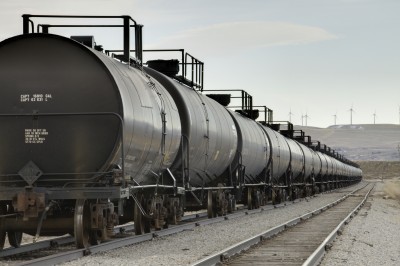KULR-8 Television, Billings, MT
Featured on KULR 8.
Twenty-three oil train cars derailed in rural Illinois on Thursday, leaving no injuries, according to a Burlington Northern-Santa Fe spokesperson. The cause is still under investigation.
The oil train derailing is the third in the past three weeks, including derailments in Missouri and Canada, and it brings to the forefront the safety standards of oil tank cars.
In early February, the Department of Transportation sent new, proposed safety requirements to the White House for approval. The industry is still awaiting their response.
BNSF says the cars that ruptured Thursday are newer models already above federally regulated safety standards – and they still ruptured.
Former U.S. Energy Transportation Safety Chief Brigham McCown says new federal regulations are not far off from being official. In fact, McCown says he expects new regulations to be released by May.
He expects a requirement to retrofit all older oil train cars to make them safer as part of the new, expected regulations.
“Policy makers in Washington, safety experts – we’re all talking about how to make a train car more survivable in the event of an accident,” McCown said by telephone. “What we’re not talking about is – ‘How do we prevent the accident from happening in the first place?'”
In a statement released to KULR-8, U.S. Sen. Steve Daines responds to the Illinois derailment, writing: “We must continue working to improve and strengthen our infrastructure, from railways to pipelines, to ensure that goods can be transported across our nation both efficiently and safely. Building the Keystone XL pipeline, which would transport up to 100,000 barrels of Montana and North Dakota oil daily, is a much-needed first step in meeting our nation¹s resource transportation needs.”
McCown says although railroads are spending more money than ever before on track maintenance, more has to be done.
“It’s simply not acceptable to allow these cars to derail,” he said. “People expect these cars to transport the products safely, and when we’re talking about hazardous materials like this – these trains just have to stay on the tracks – no ifs, ands or buts about it.”
Dubbed a DOT-117, the new standard train cars will likely offer more resiliency during a crash, will use a thicker steel and improved end to end protection. However – McCown says it will take years for new cars to find their way into the fleets.






